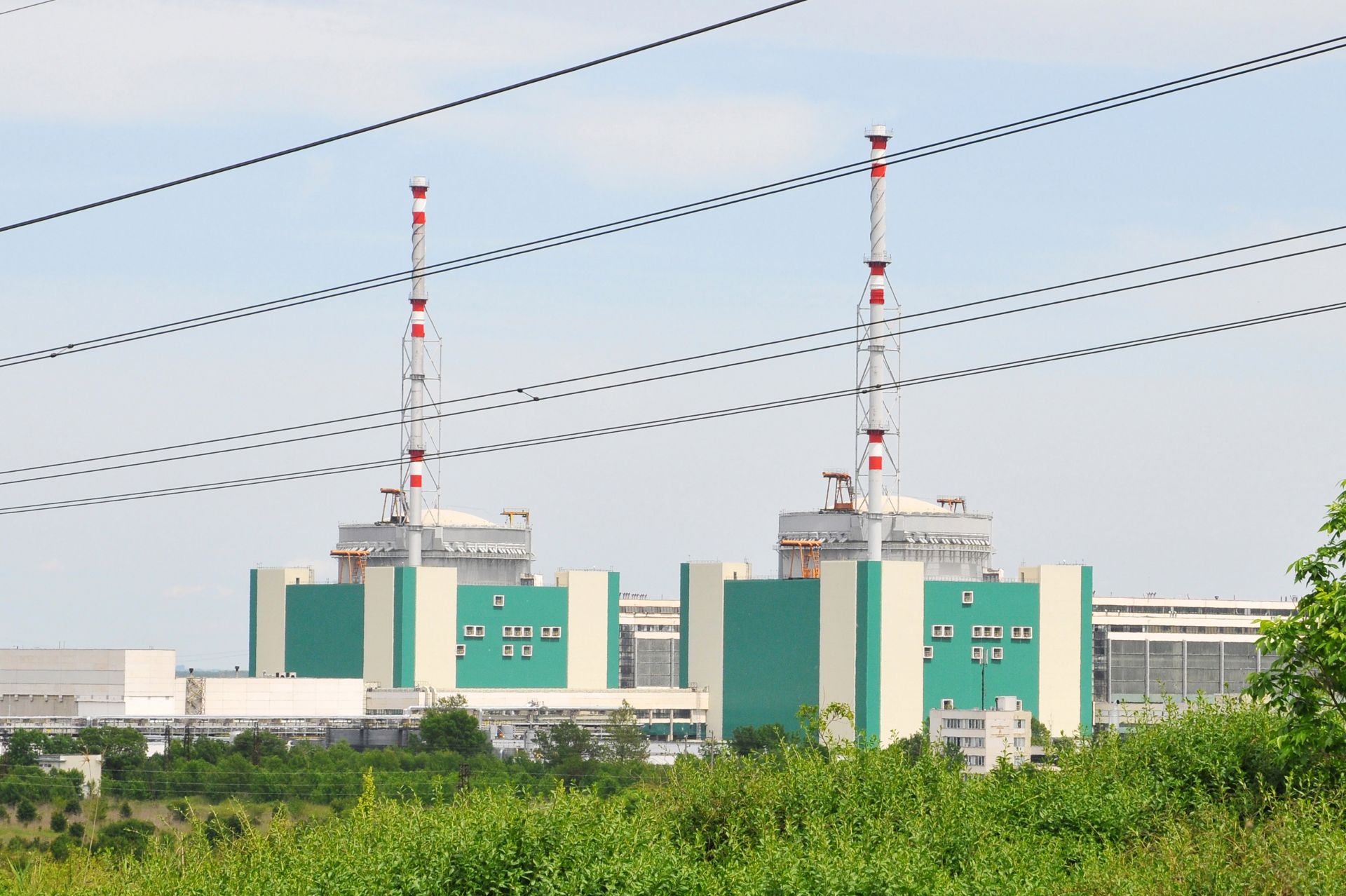NRC gives nod to Watts Bar-2 power uprate

Watts Bar Unit 2. Photo: TVA
The Nuclear Regulatory Commission has approved a request from the Tennessee Valley Authority to increase the generating capacity of Unit 2 at the Watts Bar nuclear power plant by 1.4 percent, according to an October 27 press release from the agency. TVA submitted its application for the power uprate on October 10, 2019, and the NRC issued the required license amendment on October 21.
The power uprate, which TVA intends to implement by mid-December, will increase Unit 2’s generating capacity from approximately 1,223 MWe to 1,240 MWe.
“The NRC staff determined that TVA could safely increase the reactor’s output, primarily through more accurate means of measuring feedwater flow,” the press release stated, adding, “NRC staff also reviewed the TVA evaluations demonstrating that the plant’s design can safely handle the increased power level.”

















